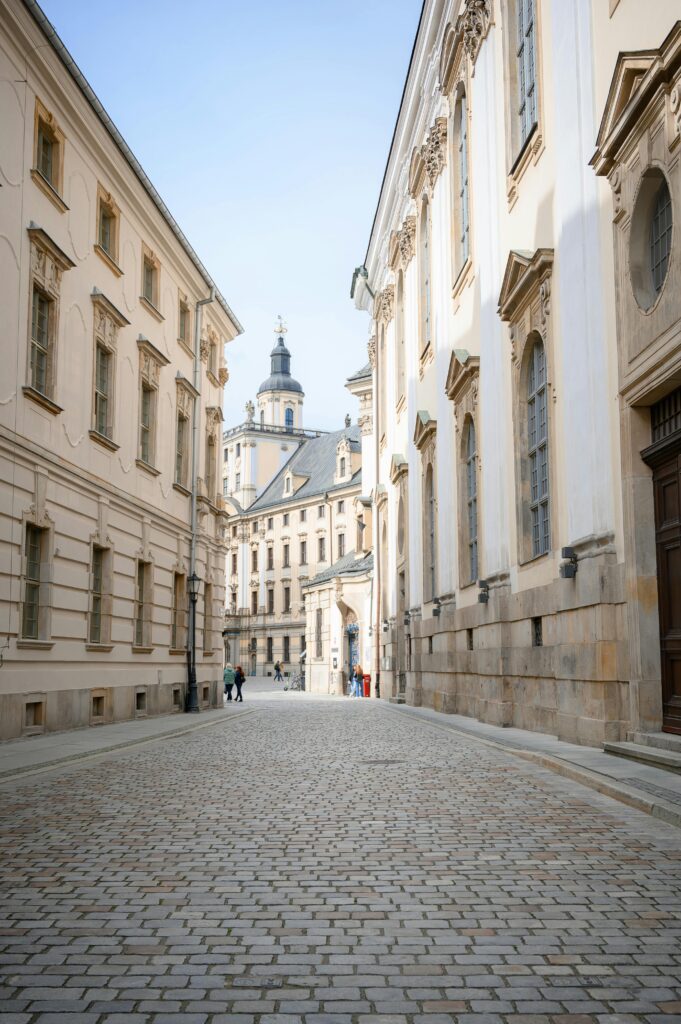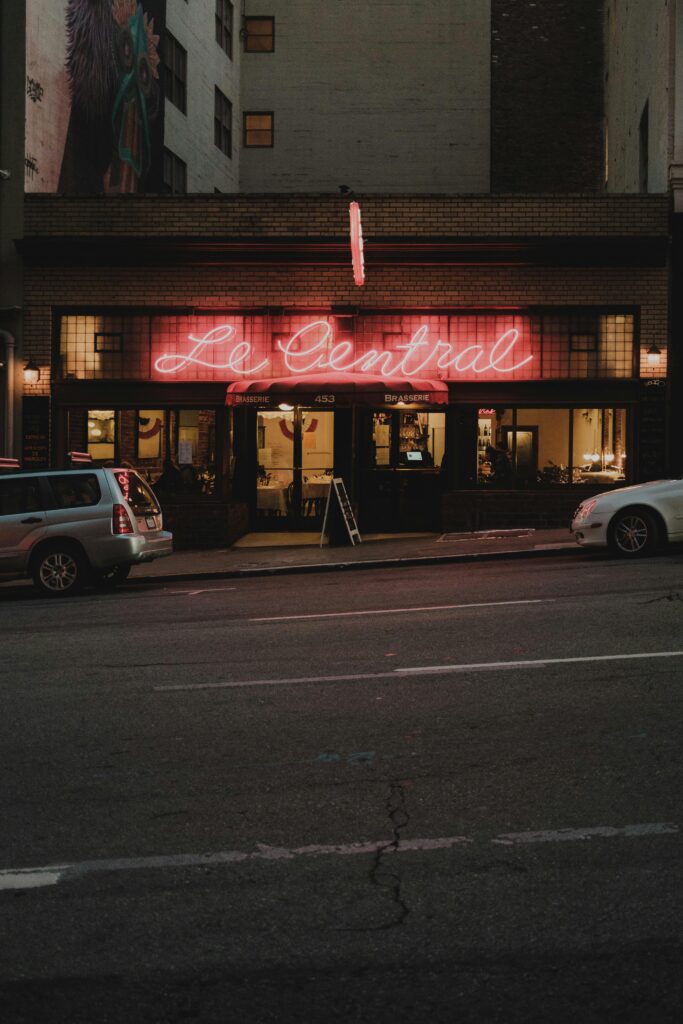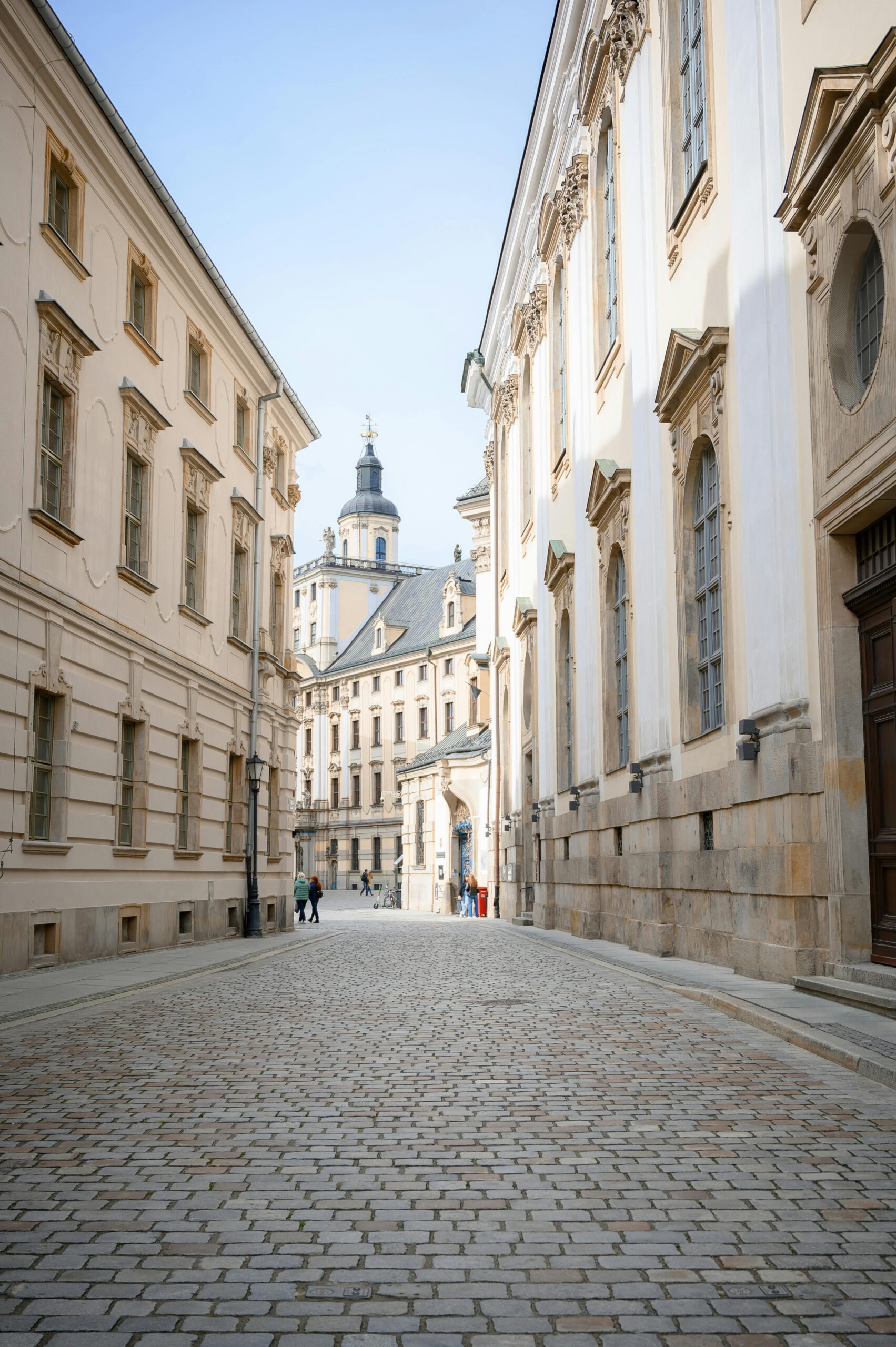Imagine stepping into a space that seamlessly blends ruggedness with elegance, where weathered metal meets polished wood, and exposed brick walls tell stories of an industrial past. This is the world of industrial decor. In this article, we will take you on a journey through the history of industrial decor, tracing its origins from the factories and warehouses of the late 19th century to its rise in popularity in modern interior design. Get ready to be inspired as we explore the evolution of this captivating aesthetic and discover how it has become a defining style for those who appreciate the beauty of simplicity and functionality.

Introduction
Industrial decor is a design style that has gained popularity in recent years, but its roots can be traced back to the early days of the Industrial Revolution. This unique aesthetic draws inspiration from factory spaces and utilitarian materials, creating a raw and edgy look that is celebrated for its simplicity and functionality. In this article, we will explore the early origins of industrial decor, its influence on other design styles, its place in pop culture, and its evolution in the 21st century.
Early Origins
Influence of the Industrial Revolution
The Industrial Revolution, which began in the 18th century and continued into the 19th century, brought about a significant shift in manufacturing and production processes. It led to the rise of factories and the mass production of goods, contributing to a complete transformation of society. The influence of the Industrial Revolution on industrial decor is undeniable, as it was during this period that the utilitarian aesthetic of factory spaces began to emerge.
Emergence of the Factory Aesthetic
The emergence of the factory aesthetic can be attributed to the need for practicality and efficiency in manufacturing spaces. Factories were designed with functionality in mind, focusing on providing ample space for large machinery and optimizing workflow. The use of exposed brick, metal beams, and large windows became characteristic of factory architecture during this time.
World War II and Post-War Influence
Adoption of Industrial Materials and Design
World War II and the post-war period had a significant impact on industrial decor. During the war, industries shifted their focus to wartime production, resulting in the mass production of military equipment and supplies. This led to an abundance of surplus industrial materials such as metal, steel, and salvaged wood.
In the post-war years, these surplus materials became readily available, prompting a wave of innovation in design. Industrial decor began to incorporate these materials into furniture and home accessories, creating a distinct look that combined functionality with an urban edge.
Rejection of Ornamentation
As the world recovered from the devastation of war, a new design philosophy emerged, rejecting the ornate and elaborate styles of the past. Industrial decor aligned with this movement, emphasizing simplicity, minimalism, and the celebration of raw, natural materials. The rejection of ornamentation became a defining characteristic of industrial decor, focusing on the beauty of simplicity and the honesty of materials.
Mid-Century Modernism
Blending Industrial with Modern Design
In the mid-20th century, a new design movement known as Mid-Century Modernism emerged, blending industrial elements with modern design principles. This fusion gave birth to iconic furniture pieces that are still revered today, such as the Eames Lounge Chair and the Barcelona Chair. These designs incorporated sleek lines, clean forms, and industrial materials, becoming staple pieces of industrial decor.
Iconic Pieces and Architects
Several architects and designers played a crucial role in shaping the industrial decor movement during the mid-century. One of the most prominent figures was Marcel Breuer, whose famous Wassily Chair exemplified the marriage of industrial materials with modern aesthetics. Charles and Ray Eames also made significant contributions with their innovative use of molded plywood and fiberglass in their furniture designs.

Industrial Decor in the 21st Century
Popularity of Loft Living
As urbanization increased in the 21st century, old warehouses and industrial buildings began to be converted into residential spaces. This led to the rise of loft living, where open floor plans and industrial elements became highly sought after. Industrial decor became the perfect choice for these spaces, as its utilitarian aesthetic complemented the raw and exposed nature of loft interiors.
Repurposing Industrial Spaces
The popularity of industrial decor also extended beyond residential spaces. Commercial spaces, such as restaurants and offices, began embracing the industrial aesthetic to create a visually striking and unique atmosphere. The adaptability of industrial decor allowed designers to repurpose old factories and warehouses, transforming them into vibrant and trendy spaces while highlighting their historic character.
Industrial Decor Today
Elements and Characteristics of Industrial Decor
Industrial decor is characterized by a distinct set of elements that contribute to its unique aesthetic. Exposed brick walls, metal ductwork, and concrete floors are common features of industrial-style spaces. The use of salvaged wood, metal furniture, and vintage industrial lighting also adds to the overall ambiance. The color palette is typically neutral, with shades of gray, black, and brown dominating the space.
Incorporating Industrial Decor in Different Spaces
Industrial decor can be incorporated into a variety of spaces, from residential homes to commercial establishments. In residential settings, industrial decor can be introduced through exposed brick walls, metal fixtures, and vintage furniture pieces. In commercial spaces, industrial decor can be used to create a trendy and inviting atmosphere, blending raw materials with contemporary touches. The versatility of industrial decor allows for endless possibilities in designing spaces that reflect the desired aesthetic.

The Influence of Industrial Decor on Other Design Styles
Industrial Chic
Industrial chic is a popular design style that evolved from industrial decor. It combines the aesthetic of industrial spaces with elements of luxury and sophistication. Raw materials and utilitarian features are paired with plush textiles and glamorous accessories, creating a juxtaposition of rugged and refined elements. Industrial chic has gained prominence in both residential and commercial design, as it provides a contemporary and stylish look with a nod to the past.
Steampunk
Steampunk is a subculture and design style that draws inspiration from Victorian industrial aesthetics and science fiction. It incorporates elements of machinery, gears, and steam power into its design, creating a futuristic yet vintage look. Industrial decor has heavily influenced the steampunk movement, as both styles share a love for the mechanical and the raw beauty of industrial materials.
Minimalism
Minimalism, characterized by simplicity and functionality, has been influenced by industrial decor in recent years. The clean lines and utilitarian aesthetic of industrial design align closely with the principles of minimalism. Both styles emphasize the elimination of unnecessary ornamentation and focus on the beauty of raw materials and clean forms. Industrial decor has provided a foundation for minimalist design, inspiring a stripped-down and clutter-free approach to interior design.
Industrial Decor in Pop Culture
Movies and TV Shows Featuring Industrial Decor
Industrial decor has made its mark in popular culture through its usage in movies and TV shows. Films like Christopher Nolan’s “Batman” trilogy featured industrial-inspired sets, with Gotham City’s gritty and dark aesthetic mirroring the industrial decor style. TV shows like “Mad Men” showcased mid-century industrial furniture and office spaces, while “Stranger Things” incorporated industrial elements to create a nostalgic and retro atmosphere.
Industrial Decor in Fashion and Art
Industrial decor has also influenced the world of fashion and art. High-end fashion brands have incorporated industrial elements into their runway shows and boutique designs, blending the utilitarian aesthetic with luxury. In the world of art, industrial-inspired installations and sculptures have become increasingly popular, reflecting the raw beauty and functionality of industrial design.
The Future of Industrial Decor
Continued Relevance and Evolution of the Style
Industrial decor has shown its staying power over the years and remains relevant in contemporary design. As urbanization continues and spaces are repurposed, the need for industrial aesthetics will persist. However, the style is not without its evolution. Industrial decor will continue to adapt and incorporate new materials and technologies, reflecting the changing demands and tastes of society.
Innovation and New Materials
As new materials and technologies emerge, industrial decor will continue to evolve. Innovations in sustainable materials, such as reclaimed wood and recycled metal, will influence the direction of industrial decor in the future. The integration of smart home technology and energy-efficient designs will also shape the evolution of industrial decor, making it more sustainable and functional for modern living.
Conclusion
Industrial decor has come a long way since its humble beginnings in the factories of the Industrial Revolution. Its utilitarian aesthetic and celebration of raw materials have captivated the design world and influenced various other styles. From its adoption of industrial materials and rejection of ornamentation to its influence on contemporary design and pop culture, industrial decor has proven to be a timeless and versatile style. As it continues to evolve and adapt to new trends and materials, industrial decor will undoubtedly remain a prominent force in the world of design.

